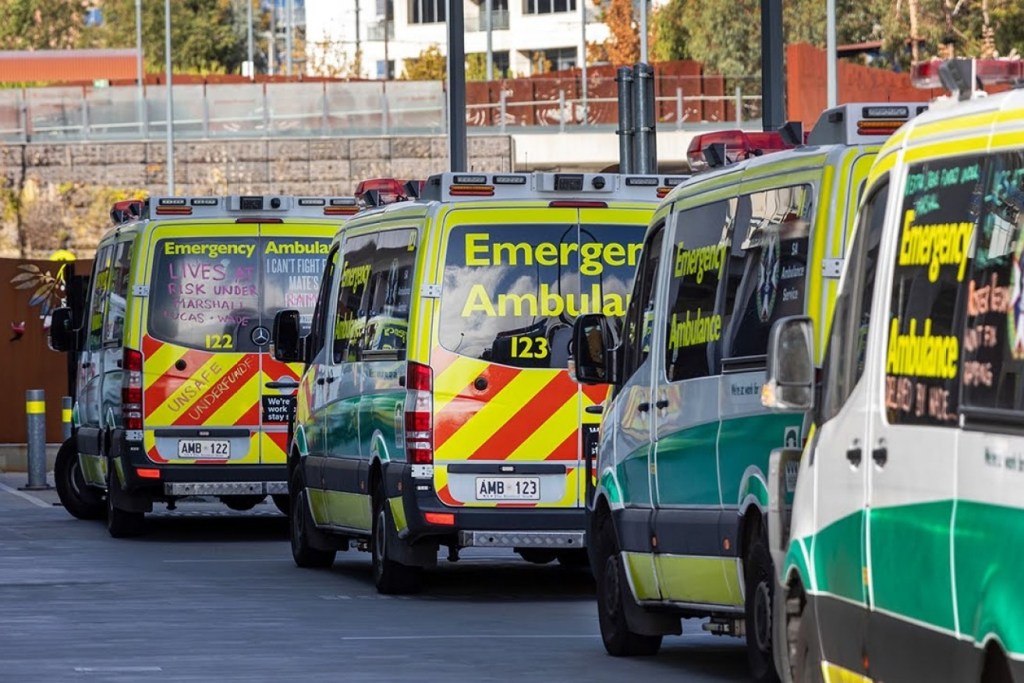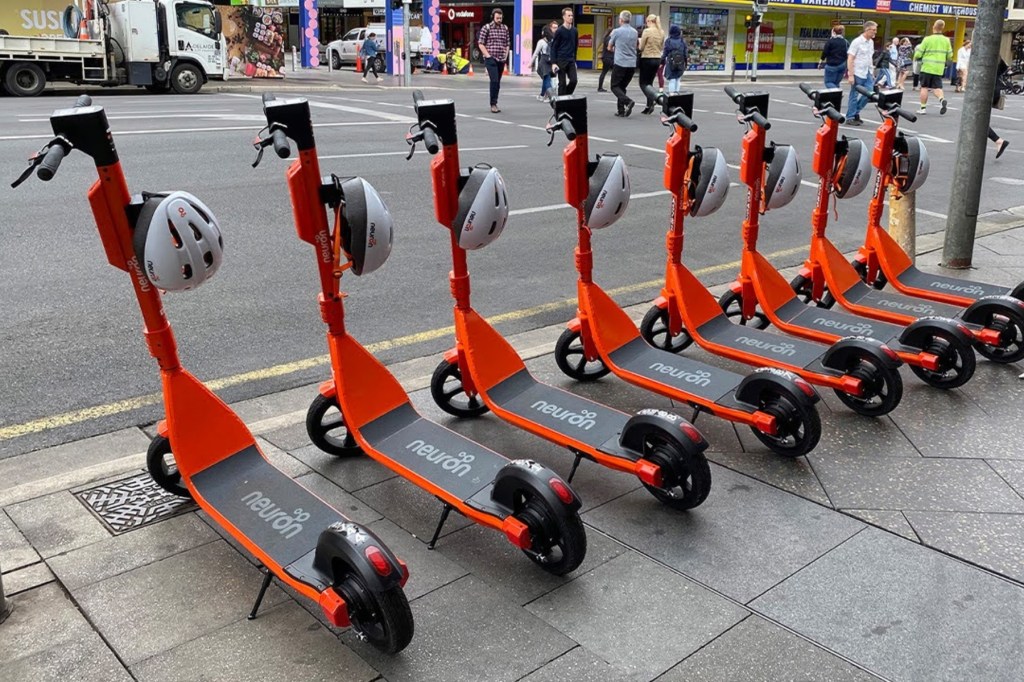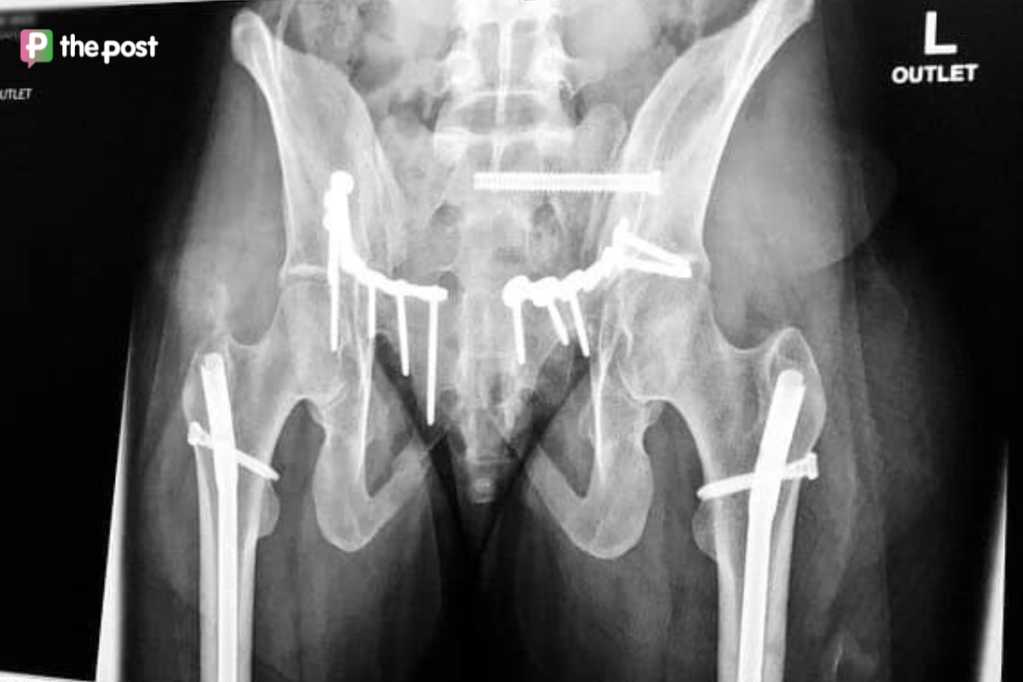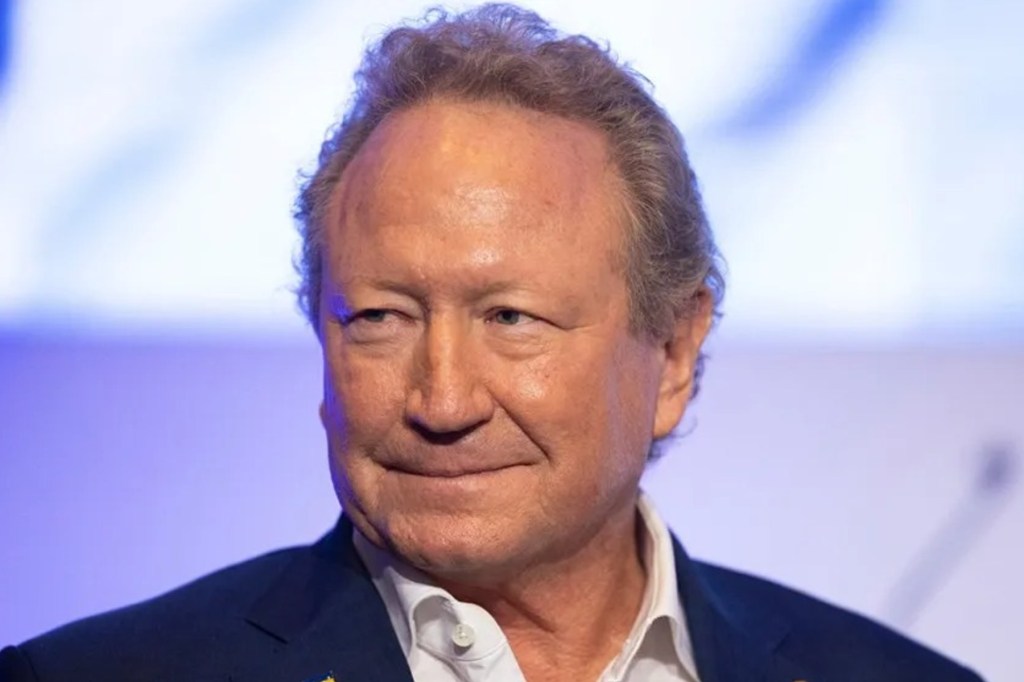Budget 2023: The key measures
Here’s our easy-to-digest summary of key measures in the Malinauskas Government’s second State Budget. No new taxes, stamp duty abolished for first homebuyers and billions for a stretched health system. But no taxpayer money for a new Crows HQ, a $249m state deficit and “growing but sustainable” net debt rising to $37b within four years.
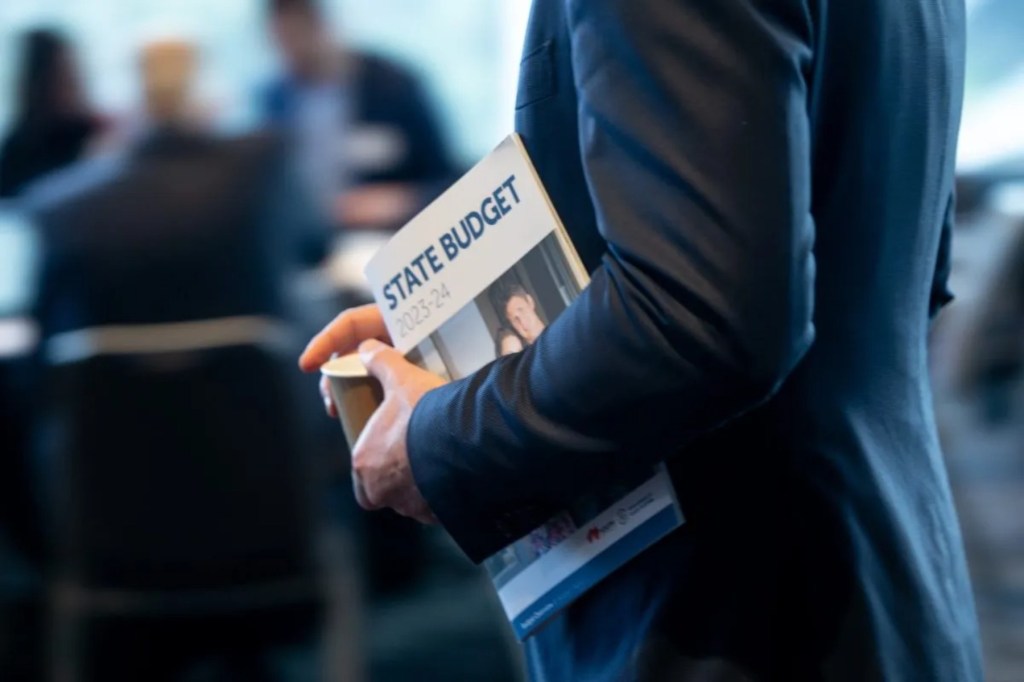
- Economic overview
- Housing
- Health
- Cost of living
- Energy relief
- Public service
- New Crows HQ
- SA Police
- Emergency Services
- Aquatic Centre
- Child Protection
- Flood relief
- Environment
- Jetties
- Schools
- TAFE
- Major Events
- Adelaide 500/Motorsport
- Voice to Parliament
- Aboriginal Affairs
- Reversing train privatisation
- Registration
- AUKUS
- Public transport
- New Forensic Science Centre
- Primary Industries
- Adelaide Railway Station
- ICAC
- Digital Investment Fund
[ps2id id=’economic’ target=”/]ECONOMIC OVERVIEW
The state economy is expected to “moderate from record highs”, with the estimated 3.5 per cent growth for 2022-23 falling to 1 per cent in 2023-24.
Continued growth is “unlikely to be sustained in the short-term” due to worsening global conditions, with forecasts revised downwards as Treasurer Stephen Mullighan says consumers “feel the pinch”.
Gross State Product is expected to drop to 1 per cent in 2023-24 before rising to 1.75 per cent in 2024-25 and 2 per cent in 2025-26 and 2026-27.
Consumer Price Index is forecast to drop significantly from the 7.75 per cent estimated in 2022-23 to 3.75 in 2023-24, then down to 3.25 per cent in 2024-25.
The budget surplus forecast for next financial year has disappeared to be replaced by a $249 million deficit, which the government attributes to increased health spending, flood response and lower than expected GST revenue. The budget is forecast to return to surplus in 2024-25.
There are no new savings targets for government agencies, but 50 executives will be cut to save $5m in 2023-24 and $10m annually from 2024-25.
The government says net state debt is “growing but sustainable”, rising from a projected $19b in 2022-23, to $26b in 2032-24, to $37.5b in 2026-27.
[ps2id id=’housing’ target=”/]HOUSING
Abolition of stamp duty for first home owners building or buying newly constructed homes will come into effect from 15 June 2023.
No stamp duty will be payable on the purchase of an eligible new home valued up to $650,000, while those building on vacant land valued up to $400,000 will enjoy the relief. The program will cost the government $128.8 million over forward estimates.
Further, from 1 July 2024, the First Home Buyer Construction Option will allow first homebuyers to construct their house with just a 2 per cent deposit, improving on the 3 per cent committed to at last year’s election.
The state government’s housing plan is estimated to support the build of around 3600 homes over the next five years and will be delivered via an estimated $474.7 million package. Core to the ‘A Better Housing Future’ plan – a $325 million initiative – is the construction of 564 new homes and 580 public housing properties, touted by the government as “the first significant increase in public housing in a generation”.
The government is also boasting the “single largest release of residential land in South Australia’s history”, set to deliver 23,700 more homes across Adelaide’s northern and southern suburbs.
Residential tenancy reforms are also promised, including increasing the weekly rent threshold for six-week bonds from $250 to $800, banning rent bidding and protecting tenant rights and information.
The Office for Regional Housing within Renewal SA will be established to increase support for regional housing, while domestic and family violence crisis accommodation is also getting a boost via $838,000 per annum in financial support over the next four years.
The ‘Aspire Homelessness Program’ will also be supported with $1.7 million to extend the initiative’s intake until 31 December 2024
[ps2id id=’health’ target=”/]HEALTH
The state government is committing $2.3 billion over five years to upgrade hospitals, address ramping, and establish new services.
Included in the budget is a $1.2 billion commitment from 2022/23 to meet heightened demand for health services in the public system, with an additional $567 million over the coming four years to support SA Health in transitioning to a “living with COVID framework”.
Four new ambulance stations at Norwood, Woodville, Golden Grove and Edwardstown will be built and existing stations at Campbelltown, Mount Barker, Gawler and Victor Harbour will be rebuilt with $20 million in funding per annum provided.
An expansion of the electronic medical record program across regional South Australia will be funded by $31.1 million over the three years from 2022/23; $1 million has been committed to study the delivery of health services in Naracoorte; and $100.8 million over the coming two years will support the build of the new Mount Barker Hospital, adding to $220 million committed last year.
Ambulance ramping will be addressed with $185.8 million over the next four years via a range of programs including an initial investment of $5.4 million this year for additional weekend staff; $31.5 million over forward estimates for the establishment of a ‘State Health Control Centre’; $67.8 million over five years for virtual care services; and $17.6 million over five years in extra support for long-stay patient discharge services.
In 2022-23, the growth in demand for public health services is projected to be more than 4 per cent, which is “well above the historical average growth (around 2 per cent)”, according to the budget papers.
A further $7.3 million over forward estimates is committed to test a palliative care service navigation model, while $15 million over the three years from 2023/23 will go toward the establishment of a cancer genomics laboratory.
The intensive care unit at the Women’s and Children’s Hospital will get an upgrade via $20.1 million over two years, allowing the clinical and non-clinical spaces to ‘meet contemporary standards’.
[ps2id id=’cola’ target=”/]COST OF LIVING
You might like
A raft of measures across a variety of government departments are being labelled ‘cost of living’ budget measures aimed at taking pressure off South Australian families and workers.
Non-government organisations (NGOs) that maintain social, community, home care, child protection, homelessness and disability services will receive targeted support to via $57.2 million over forward estimates.
Parking at hospitals will soon be cheaper for health workers who will also be provided with free public transport, costing the government $56.4 million over five years from 2022/23.
Concessions will also receive an increase by $44 million over five years from last year, in line with higher inflation. Government concessions including the cost of living concession, energy concession, medical heating and cooling concession, water concession and sewerage concession will all be indexed by 8.64 per cent in 2023/24.
Carer payments will rise by $32.1 million over the coming four years, benefitting 2600 family-based carers.
The $100 subsidy of the materials and services charge for the 2024 school year will continue at a cost of $12 million, while the school breakfast program will be expanded with an investment of $6.5 million.
Further, the asset sustainability levy payable by outback residents will be abolished.
[ps2id id=’energy’ target=”/]ENERGY RELIEF
The government is committing $190 million this year and $63 million in 2024/25 to support an energy relief plan intended to moderate the impact of rising electricity prices for consumers and small businesses.
This includes rebates for households and small businesses and will be jointly funded by the state and federal government.
[ps2id id=’ps’ target=”/]PUBLIC SERVICE
No further savings demands across departments but the state government has targeted the axing of 50 executive positions.
The “executive reduction measure” will flow through to departments next financial year and is expected to save $5m in 2023/24 and then $30m across the next three years.
The budget papers state that targeted voluntary separation packages (TVSPs) will be at the discretion of department chief executives.
“An offer of a TVSP can be made to an employee who is excess to the requirements of an agency or is to become excess imminently because the substantive position/role or duties they are/were employed in has been, or is to be abolished,” the documents said.
[ps2id id=’crows’ target=”/]NEW CROWS HQ
There is no funding in the 2023-24 state budget to help the Adelaide Football Club to set up a new base at Thebarton Oval. Treasurer Stephen Mullighan said no agreement had been reached and the government had no intention at this stage to do the “heavy lifting” for a “profitable” AFL club.
Crows chairman John Olsen revealed in March that the total cost of the Thebarton HQ had blown out to $100m – $15m more than first anticipated – but remained confident the state government would offer funding help.
[ps2id id=’sapol’ target=”/]SA POLICE
SA Police will get $102.4m over the forward estimates to address recruitment challenges.
This includes $81.8m over four years to recruit additional 189 police security officers to relieve pressure on sworn police officers, with another $12.2m over three years to “accelerate recruitment” through campaigns and a greater volume of courses in the Police Academy.
[ps2id id=’es’ target=”/]EMERGENCY SERVICES
The Country Fire Service will get $26.7m over four years for nine new firefighting aircraft.
A $5.6m “extraordinary fire response cost” has also been revealed for 2022-23 due to firefighting efforts at Mount Wedge, Lincoln Gap, Port Lincoln and Baldina.
Volunteer firefighters and their families will also be supported by $1.9m in additional mental health support over the next four years.
The State Emergency Service, meanwhile, will receive $1.2m next financial year to acquire new flood barriers.
It comes on top of an additional $9.8m given to the SES this financial year to respond to the River Murray flood.
[ps2id id=’aq’ target=”/]AQUATIC CENTRE
A new Adelaide Aquatic Centre will be built at a cost of $135 million following a decision to inject an extra $55 million.
The government said the additional investment was made following consultation with users of the centre and the public, as well as a review of best practice facilities in Australia and New Zealand.
[ps2id id=’cp’ target=”/]CHILD PROTECTION
A “child death review model” will be established for child protection services.
With funding of $300,000 per annum, the model will require relevant agencies to conduct a “real-time clinical review of service provision and response” immediately following the death of a child.
An additional $1 million per year for more kinship care assessment has also been promised, as well as $500,000 per annum to maintain the department’s assets.
New office accommodation for the Department for Child Protection will cost the government $5.2 million.
Other plans include increasing the capacity of reunification services available to children via $500,000 per year, carer payments will be boosted, and a peak body for aboriginal and young children will be established at $723,000 annually.
[ps2id id=’flood’ target=”/]FLOOD RELIEF
More than $142m has been committed as part of the state government’s River Murray flood emergency.
The funding includes emergency accommodation assistance and travel assistance, the removal of dangerous debris, small business recovery grants, primary producer recovery grants, a road repair package, targeted tax relief, legal assistance and more.
[ps2id id=’enviro’ target=”/]ENVIRONMENT
The Department of Environment and Water will receive $7.4 million this year for the replenishment of sand at West Beach and the metropolitan coast.
$8 million has been set aside for a new biodiversity and data information system to “transform how South Australia captures, manages and shares its biodiversity data with relevant stakeholders”.
The complete replacement of the Patawalonga Lakes gate system infrastructure will cost the Government $10.3 million over the next two years.
[ps2id id=’jett’ target=”/]JETTIES
Deterioriating jetties across the state will be eligible for a share of $5 million per year to assist councils in addressing immediate concerns regarding condition and sustainability. In total, the government will spend $20 million on improving the state’s jetties.
[ps2id id=’schools’ target=”/]SCHOOLS
The Department of Education will be funded with $155.6 million to deliver a number of initiatives, including $100.2 million toward public school and preschool upgrades.
Urgent capital works will address capacity pressures at a number of schools including Hackham West Children’s Centre, Plympton International College, Virginia Primary School and Preschool, and Yahl Primary School.
New gymnasiums will be built at Brahma Lodge Primary School, Hillcrest Primary School, Ingle Farm East Primary School and The Pines School thanks to $10.5 million of investing expenditure in 2024/25.
About $25 million will be used to repair, upgrade or replace assets at over 60 government schools and preschool sites across the state.
Stay informed, daily
A student wellbeing program will cost the government $35 million over five years, which provides pastoral and secular wellbeing care services to students.
Regional bus services will be upgraded via $15.8 million in funding, The Smith Family Grant will receive an extra $4.2 million over the coming four years, and the ‘Phones Off When School’s On’ campaign will be supported with $515,000 over the next two years.
[ps2id id=’tafe’ target=”/]TAFE
$12m extra funding to reduce TAFE required revenue targets, $10m for a Regional Skills Development Fund to offer more courses in regional SA, and $28m in targeted training subsidy increases for industry and not-for-profit training providers.
[ps2id id=’events’ target=”/]MAJOR EVENTS
The state government’s $40m Major Events Fund, used to attract the AFL Gather Round and LIV Golf Tournament, will get an additional $20.8m over the next four years.
The money will be used to “fund new events and grow existing major events in South Australia”, according to the budget papers.
The additional funds do not include the state government’s existing commitment to LIV Golf and the Gather Round, which are both contracted to be held in Adelaide until 2026.
[ps2id id=’500′ target=”/]ADELAIDE 500/MOTORSPORT
The Adelaide 500 will get $18m over the next four years to support the continuation of the event following its return in 2022. This includes $3.5m next financial year for more shading for grandstands.
The cost of returning the Adelaide 500 last year blew out to nearly $35m, above the initially budgeted $21m.
[ps2id id=’voice’ target=”/]VOICE TO PARLIAMENT
The Attorney-General’s Department will receive $6.1m over four years to establish and support the state’s First Nations Voice to Parliament legislated earlier this year.
Funding for the state Voice starts with $1.48m next financial year.
The Electoral Commission of South Australia has also been given an additional $4.2m to conduct the first two elections for the First Nations Voice to Parliament, with the first election scheduled for September 9.
[ps2id id=’aa’ target=”/]ABORIGINAL AFFAIRS
The state government has committed $11.2m over four years to reducing Aboriginal incarceration rates through community-led programs that will deliver “a range of programs to assist Aboriginal people transition from remand to bail”.
The state government has also committed $737,000 over two years to develop an “Aboriginal Justice Agreement”, described as a “formal undertaking between government and Aboriginal communities to develop and implement a collaborative approach to improve justice outcomes”.
A further $1.5 million will be provided to support reburial, exhumation and reinternment of Aboriginal remains.
[ps2id id=’trains’ target=”/]REVERSING TRAIN PRIVATISATION
Nearly $40m has been allocated to reverse the privatisation of Adelaide’s passenger trains and trams by the previous Marshall Government.
A total of $28.9m of operating expenditure, including an estimated $4.7m this financial year, will be spent until 2025-26 to bring passenger rail back into government hands in 2025.
A further $10.2m in “investing payments” will be made in 2024-25 and 2025-26 to support the transition from private operators Keolis Downer and Torrens Connect.
The budget papers state the funding is for “legal support, recruitment and training, and purchasing of intellectual property and physical assets owned by the private operators, which will be used by government in delivering services from 2025”.
[ps2id id=’rego’ target=”/]REGISTRATION
The state government says it has indexed fees and charges to keep them below the rate of inflation, but most vehicle compulsory third party insurance premiums will fall from July 1 by as much as six per cent.
[ps2id id=’aukus’ target=”/]AUKUS
$5.4 million allocated to an Office for AUKUS to co-ordinate state preparations for plans to build nuclear-powered submarines in Adelaides.
[ps2id id=’pt’ target=”/]PUBLIC TRANSPORT
Adelaide Metro will also get $6m over the next two years to rollout tap and pay ticketing systems across trains, allowing commuters to tap on with a credit or debit card or their phone.
Regional bus services be supported by more than $23m over the next four years while $8.7m will be spent over five years to increase the frequency of bus services between Lightsview and the city.
The Department for Infrastructure and Transport will spend $2m next financial year to upgrade new pedestrian crossing at the Clarence Park and West Croydon train stations.
[ps2id id=’fsa’ target=”/]NEW FORENSIC SCIENCE CENTRE
The state government has budgeted $348.9m over four years to build a new centre for Forensic Science SA and SAPOL Forensic Services Branch
The “purpose-built facility” will be allow the two agencies to continue “delivery of expert scientific services to the justice system”.
The budget allocation, managed by the Attorney General’s Department, starts with a $16.7m allocation in 2023/24, $38.6m in 2024/25, $204m in 2025/26 and $88.7m in 2026/27.
[ps2id id=’pi’ target=”/]PRIMARY INDUSTRIES
Millions will be spent in the coming years to shore up SA’s drought response, tag sheep and goats electronically and combat fruit flies.
Around $15 million in 2022/23 and $10 million this year is committed to emergency fruit fly response activities, while $3.7 million over the next four years will go toward the state’s share of costs under national eradication arrangements.
The ‘Future Drought Fund’ will be continued with $5.5 million over three years, delivered in conjunction with the Commonwealth Government.
Rebates for eligible primary producers and horticulture farmers impacted by drought or natural disasters will be supported to invest in water infrastructure via $4.2 million this year.
Over forward estimates, $6.3 million is committed to provide licence fee relief of $2.4 million for operators of snapper fisheries. In addition, the government has provided a recovery package of $3.9 million over four years including investment in additional fisheries research, fish stock assessment and monitoring, fisheries stock enhancement and financial assistance for those most impacted and dependent on snapper.
Farmers will be supported to implement individual electronic identification (eIDs) for sheep and goats via $3.2 million over two years, while $1.6 million is committed to ensure the rebuild of the 1600km dog fence.
[ps2id id=’arc’ target=”/]ADELAIDE RAILWAY STATION
Renewal SA has been given $15m over three years to waterproof Adelaide Railway Station, with budget papers saying water leaks from the station’s roof have become “more frequent in recent years” and the condition of the plaza has “deteriorated since its construction some 30 years ago”.
The waterproofing upgrade will get $5m in 2023/24, $9m in 24/25 and $1m in 2025/26.
[ps2id id=’icac’ target=”/]ICAC
The new Office of the Inspector – set up to provide oversight of the Independent Commission Against Corruption (ICAC), the Office of Public Integrity and the state Ombudsman – will be given $8.5m over five years for its operations.
The office, led by Sydney barrister Philip Strickland SC, was established in the wake of controversial changes to the ICAC Act which curtailed the SA corruption watchdog’s powers.
According to the budget papers, the inspector’s office currently has 13 full-time equivalent staff.
[ps2id id=’di’ target=”/]DIGITAL INVESTMENT FUND
Digital industries will be supported by $200 million over five years including $50 million in 2027/78, as the government establishes a ‘digital investment fund’.
The government hopes the fund will improve value-for-money outcomes and provide opportunities for the sector.
Priorities for the fund include investments in cyber, a state connectivity strategy, the replacement of justice sector ICT systems, the replacement of the Child Protection Case Management Information System and an upgrade to Human Services screening systems.
